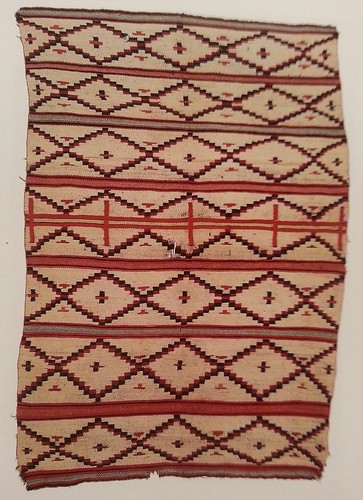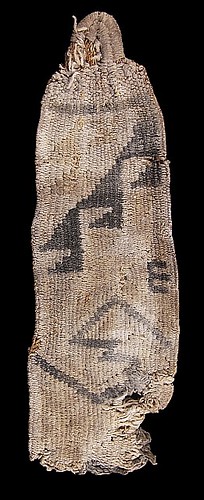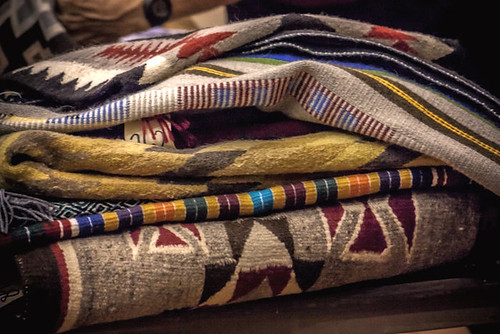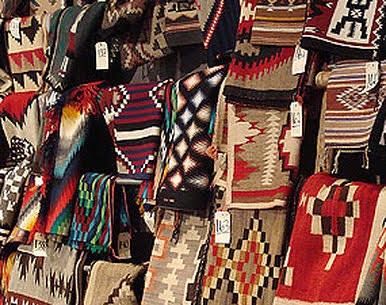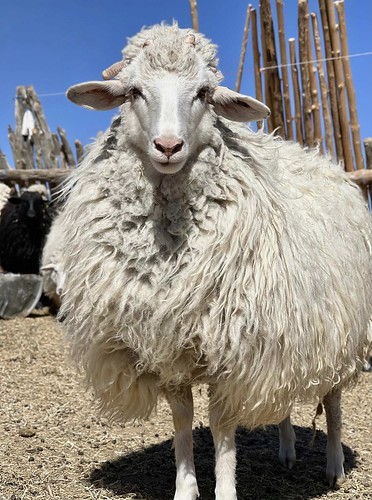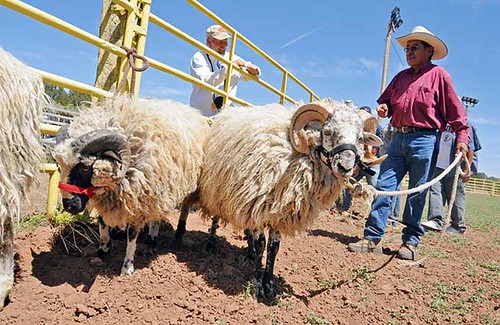
Can you believe this is the last Friday of the month already?! Which means: last super special sheep breed shop update !
This week is all about a super rare sheep breed, which lived on a sinking island. This is their story:
What I am offering you tonight is one of those special stories that just grabbed my imagination. This blog is about ancient peoples, lands left by all and left to be roamed by once domesticated animals…. a story about rescue and …some very nice sheep.

During the 16th century, explorers from Europe found a rich new continent, which had plentiful supplies of fish, lumber, furs and other goods: the Americas. People like Giovanni da Verrazano (1524) first met the Lenape people off the coast of , what is now called Virginia, but didn’t stay long. He did create the way to this new part of the world for a lot of European fishermen, whalers but also ..yes..slavers.
The ancient life of the Lenape people changed forever.
The Lenape people had no immunity against the diseases the Europeans brought in. By the time settlers came to find new homes and start their future farming a new land, 90% of the Lenape people had died.
The ones that remained were forced to “sell” the lands they had lived on for centuries..and moved to Canada and Oklahoma.
One of the lands sold to the new settlers was a little island off the coast of Virgiania called Hog Island and with the settlers came their animals ofcourse. Before the settlers came to the Americas there were no horses and no sheep to be found there at all. The weaving and spinning that was done by the Lenape was done with plant fibres not animal fibres. They wore beaver furs and deer skin to protect them against the icy cold and the sticky heat in summer.
Of course the settlers brought a whole different set of “dresscodes” and way of surviving with them, so, sheep were part of the survival plan.
The settlers that came to the barrier island off the coast of Virginia, Hog Island, brought a British sheep breed with them. I have not been able to find which particular breed or breeds they could have been, but judging by the way the fibre behaves I think it may have been Hampshire Downs or Shropshire or Southdown. Anyway, I digress, I was still in the 1700s…
It was in 1672 that a group of 22 colonists and their families went to live on Machipongo (Hog) Island, just a few miles above the entrance to Chesapeake Bay. What became of them is an impenetrable mystery. They disappeared so completely that no descendants are known. Despite their fate, it remained the consensus that living on the island was good.
The sea, the inlets and the marshes teemed with fish and fowl. As for flesh, the natural pastures were ideal for livestock, particularly hogs (hence the name Hog Island). There must have been an impressive number of these at one time to cause the romantic-sounding name Machipongo to be dropped in their favour.
It wasn’t til the Civil War times that a second colonization began. The sheep ascendants from back in 1672 were still there and were thriving.
he people lived truly on the fat of the land. Oysters, clams, crabs and fish or a superiority unchallenged in the rest of the United States were staples. Vegetable gardens yielded two crops a year. Aside from a few necessities like clothing and shelter, nothing required cash.
The hardy, self-reliant folk laughed at insurance agents. Their total taxes were a few cents a year paid on their real estate to the Northampton county treasurer. They did not even have to license their automobiles. They made their own roads. They enjoyed such health that a doctor would have starved. Though many of them were laid low by the flu epidemic of 1918, no one died.
Every man kept his money in his home, and in some cases this meant considerable cash. But no one ever reported it missing. There was one store operated by Sam Kelly. Like everything else on Hog Island, this store was different from what you would expect: No one ever was permitted in it. Every morning Mr. Kelly made the rounds taking orders. Every afternoon, after loading up in his forbidden precincts, he delivered. He kept this up until he was over 80. No one ever knew him to buy anything except to sell it. He was the secret topic of conversation: how much money did he have and where was it hidden? After he died in lonely squalor, his quarters were searched. Thousands of dollars were hidden away in nooks and crannies. But it was calculated that the amount should have been much greater. It was decided that he had buried most of it. It was never found….
Slowly but surely the island was being swallowed by the sea. In the 1930s the sea started to move in…so the people moved out.
Whole houses were detached from their moorings and brought to the mainland. The whole community left but some of their heritage 1672 sheep remained. In 1933 a string of hurricanes and “nor’easter” storms washed across the island and discouraged the residents from continuing life in their island community. By 1945 all of the residents of Hog Island had migrated to the Eastern Shore of Virginia and had taken most of their livestock with them. Many sheep remained on Hog Island and continued to thrive as they had for centuries. The annual shearing and notching in the spring was generally the only contact between the owners and their sheep. The sheep roamed freely upon their “floating” pasture foraging for marsh grass and drinking fresh water from small pools that had been dug ankle deep into the sandy soil.

The last sheep were removed from Hog Island in 1974 when the Nature Conservancy purchased the island. But, surprise!!! : Four years later, Virginia Coast Reserve agents found, to their surprise, a thriving flock of sheep on the island. This is a testament to the extreme hardiness of these animals.

The Nature Conservancy removed the last of the sheep in late August 1978, to return them to full domestication. Ten rams and twenty ewes travelled to Virginia Tech for research into the breed’s parasite resistance.
The year-long study indicated that isolation, not resistance, had kept the sheep virtually parasite free on the island.
Following their stay at the University, the remnant flock found a new home at George Washington’s Birthplace National Monument.
While private breeders hold some flocks, many Hog Island sheep remain part of the heritage landscapes of living history museums, including Plymouth Plantation, the Museum of American Frontier Culture, Mount Vernon Estate and Gardens, George Mason’s Gunston Hall, George Washington’s Birthplace, and the National Colonial Farm in Williamsburg.
The Hog Island sheep look right at home at the Colonial Farm in Williamsburg considering they descend from and resemble historic sheep that existed in the New World during and after the colonial period.
Hog island sheep sure can stand the very harsh conditions because of their extremely high lanolin content in their fleece.
It is the most water repellent fibre I have ever worked with. Even with almost all the lanolin removed, it has this strange quality of soaking the water up and then spitting it out again almost immediately, which means getting dry after a heavy storm would have been a lot easier than being soaked to the bone for those sheep. I found their fibre extremely nice to work with: it traps the air beautifully, it is slightly crisp but very, very bouncy.
The Locks are downy and the staple length is medium to short, like that of a down sheep like Southdown and Hampshire down sheep. Professional mill processing of Hog Island sheep is hardly ever done because it can result in a lot of nepps.

I found spinning the fibres, that the singles “ask” to be spun reasonably fine. It sets the short fibres in the twist. That said, I think an art yarn which asks for core spun fluffiness can also be amazing !
The micron count as with all critical or endangered breeds vary a lot. This lot was around the 22-25 micron. I think it is perfectly suitable to make socks, shawls and scarves .
Just like the Hog Island sheep it can withstand quite a lot. It also depends what you “tolerate” close to skin. Everybody is different.

The fibre is not lustrous and I was told that because it has such a matte appearance that when you dye it, you can get a very muted colour. It asks for a very slow dyeing process. To create a bright and saturated colour and I am very happy to say that I got very saturated bright and not muted colours by just letting the tops soak all the colour up slowly, heat them up for about 0minutes and then let them slowly cool down over night. The rinse water will be clear then and all the colour is absolutely glorious!
Most of the Hog Island sheep are white. Only 10% are black. The lambs have cute black spots on their body and their fleece but the sport disappear when they get older. The face and legs of these sheep can be speckled brown, white, and black, or have black faces and legs.
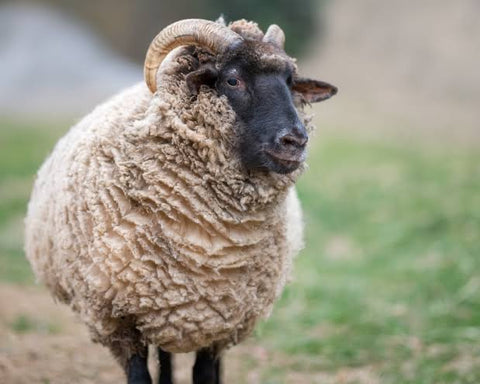
Wool from this breed is of medium weight with fleece yields ranging from one to 4 kilos. The sheep will naturally shed their wool slowly each year, but most owners choose to shear them in order to collect wool and create a more even looking coat on their sheep. The ewes make excellent mothers and most often give birth to twins. Hog Island sheep are fabulous foragers and prefer to browse rather than graze. They stay in very tight flocks and are extremely alert in nature.
In general, wool is composed of long, flexible molecular chains. The outside of a strand of wool is covered by cuticle cells, more commonly called scales. The scales will vary according to breed group (down, longwool, etc.) and determine how well the wool will felt or full. The interior of the strand, the wool’s cortex, contains a spring-like structure in the very center that gives wool its flexibility, elasticity, and resiliency. The down breeds, some of the fine wool breeds, and a few of the breeds that don’t fit neatly in groups have extra stretchy springs. They are also helped along fibre density and natural crimp present in their locks. Hog Island wool is quite dense – each staple containing hundreds of strands of wool – and has a fairly disorganized crimp. This causes the fibres to move away from each other into an airy jumble instead of lying against each other in even ripples. The result is a warm and lofty woolen yarn with plenty of bounce and spring.
Yarn made from Hog Island wool – and several other breeds on the Livestock Conservancy’s conservation list – has plenty of stretch and resiliency. Elasticity also ties in to textile strength in general. Wool can stretch an average of 25-30% of its length before breaking under the strain. Adding twist to wool by spinning adds even more tensile strength.
There’s another quality that goes hand in hand with elasticity, and that is moisture management. Wool is excellent at repelling moisture and also absorbing it. The cuticle scales on each wool shaft have a waxy covering that helps them repel water while still allowing the absorption of water vapor. The cortical cells that surround the small flexible spring contain sulfur proteins that attract and absorb water molecules. According to Clara Parkes on page 20 of The Knitter’s Book of Socks, “Even when the wool fibre is pulled taut, its molecules still have room to stretch out further – which is what gives wool its exceptional elasticity. Such an arrangement tends to allow more moisture to penetrate and reside within the fibre without our feeling it.”
Wool has the ability to absorb 30% of its own weight in moisture before we begin to feel any wetness. This means wearing wool helps wick away sweat as well as keeping you dry from light rain or fog. That’s a great quality for socks and outerwear garments.
In short, I love this down like fibre to spin yarn with and I hope you do too! If you have never tried Hog island wool, this is your chance! You may need to change your way of drafting and spinning woolllen instead of worsted, but it is so worthwhile. Plus! There are lots of new colourways to explore as well to add some extra fun to the adventure!

You can find all these rare sheep breed hog island tops and more on the IxCHeL shop right here: www.ixchel.com.au
have lots of fun !
hugs
Charly





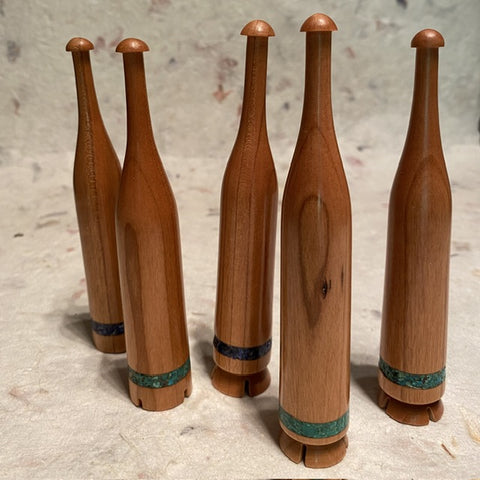




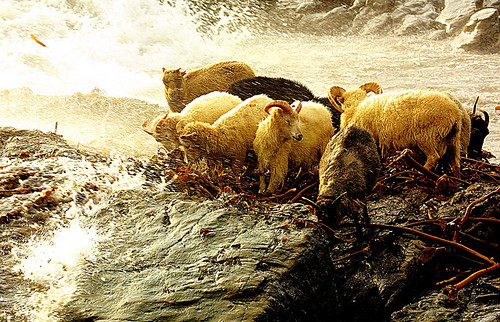
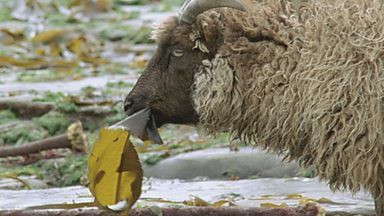
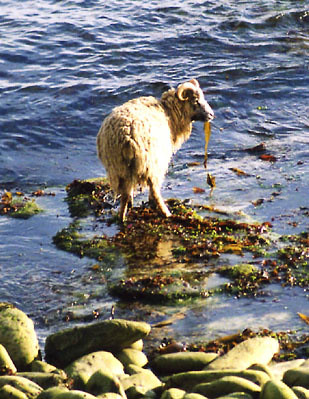
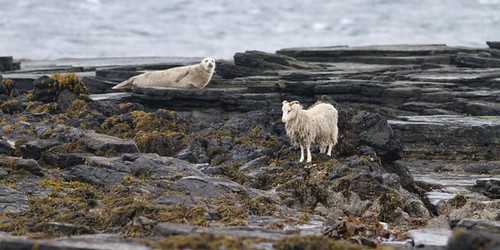
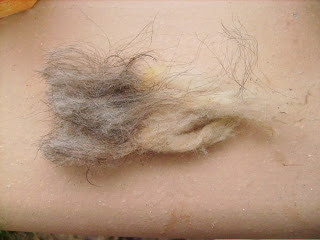

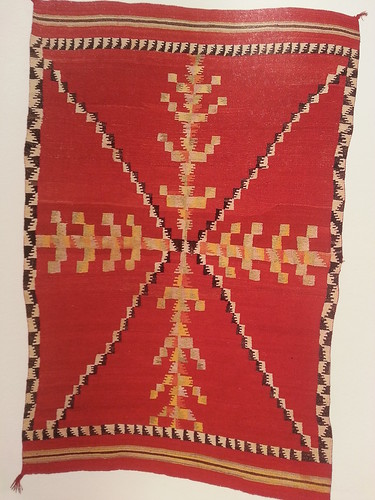

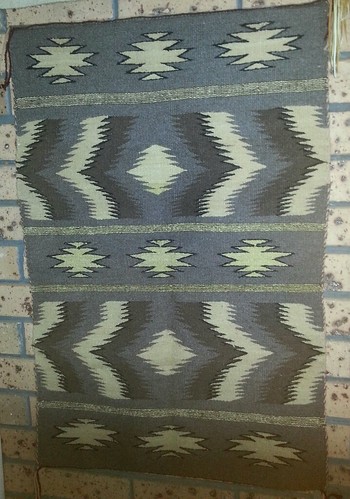

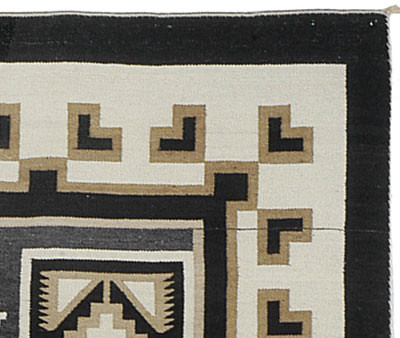 the spirit line (close up)
the spirit line (close up)